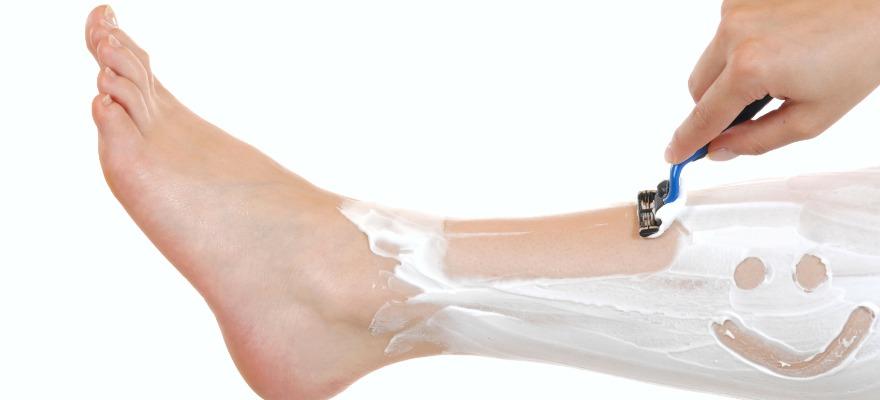Hair testing is used to determine the level of drug or alcohol consumed during a period of up to one year before the date of sampling. Exactly how far back a test can cover is down to one fundamental aspect - the length of hair.
Head hair grows on average 1cm per month, however growth can vary as little as 1/2cm or as much as 2cm per month. If we assume the average growth rate, then to enable testing of one year, the hair would need to be 12cm long.
Women will often provide a more suitable sample as they generally have longer hair, however many men struggle to provide even a 3cm (three months) sample. This means that the UK family courts often require a longer period to be tested than is possible for most men using head hair alone.
In our experience, the most common hair test requested is required to cover six months. For clients with less than 6cm of head hair a combination of head and body hair can be used, provided they are carefully interpreted.
The ideal types of hair to test?
The Society of Hair Testing, setup to establish and monitor quality standards within the Hair Testing industry, advises that head hair is the preferred sample type, and has been used in the large majority of published papers.
To help understand what other types of hair can be used, we’ve put together the following table. This shows the benefits and limitations of each type.
| Type of Hair | Benefits | Limitations | Time Period |
| Head Hair | Relatively consistent growth rates. Patterns of drug abuse detectable with month by month segmented testing. | Hair Dyes, Bleaches and chemical treatments may affect results. | 1 cm = 1 month up to 1 years history. |
| Arm, Back & Chest Hair | Less chance of being chemically treated | Can’t provide month by month history. | 4-8 Months |
| Armpit Hair | For clients with no head hair, armpit hair is one of the mostly likely options. | Can’t provide month by month history. Deodorants may affect the result. | 4-8 Months |
| Pubic Hair | Not often dyed or chemically treated. | Can’t provide month by month history. Alcohol Testing - can only be used to prove abstinence but can’t confirm excessive use due to contamination issues with urine. | 4-8 Months |
| Leg Hair | Not often dyed or chemically treated. | Alcohol Testing - can only be used to prove abstinence but can’t confirm excessive use due to contamination issues with urine on legs. | 4-8 Months |
Conclusion
As the majority of research has been done on head hair combined with the ability to segment the head hair, we recommend this as the primary option.
If a monthly breakdown (pattern of abuse) is not required, then body hair can provide a very suitable alternative to head hair for Drug Testing. For hair alcohol testing, body hair may become contaminated with urine from the participant, so must be used with caution, we advise hair from the waste up to be taken.
As with all hair drug testing and hair alcohol testing the experience of the expert is critical. Head of toxicology and world leader in the field Dr Pascal Kintz takes the time to consider not only what the lab results say but why the results say what they say.
To discuss your case or to determine the most suitable testing, DNA Legal provide a free case review, please call 0203 4243 470 or request more information.

